The Mobile Money Market Size, valued at USD 7.78 billion in 2023, is projected to achieve an impressive USD 39.26 billion by 2030, growing at a 26% CAGR during the forecast period (2024–2030). Mobile money refers to the technology that enables users to receive, store, and spend money using a mobile device. This service operates independently of traditional banking infrastructure and provides secure, accessible, and convenient financial solutions, particularly in underserved regions. Mobile money platforms allow transactions such as money transfers, bill payments, and airtime top-ups via smartphones or feature phones, using technologies like NFC, QR codes, and mobile applications.
Get Sample Copy of The Report: https://www.maximizemarketresearch.com/request-sample/7166/
Market Growth Drivers and Opportunities
The increasing penetration of mobile phones globally stands as the primary driver for the mobile money market. As mobile subscribers grow, especially in emerging economies, the adoption of mobile money services is expanding rapidly. Additionally, the surge in e-commerce transactions and a shift toward cashless economies have amplified the need for secure, fast, and user-friendly financial platforms.
Financial inclusion initiatives targeting unbanked and underbanked populations further present enormous opportunities. Mobile money systems are becoming gateways for broader digital financial services, including micropayments, savings, insurance, and credit offerings. Companies offering mobile money solutions can tap into vast unexplored markets, providing an opportunity to diversify their services beyond basic transactions into comprehensive financial ecosystems.
The evolution of mobile payment technologies, such as Near Field Communication (NFC) and smart card transactions, also enhances the user experience, driving faster and more secure transactions. Meanwhile, increasing collaborations between telecom companies, financial institutions, and technology providers are creating innovative solutions tailored to both urban and rural markets.
However, challenges such as regulatory hurdles, lack of access to financial institutions, and blockchain-based decentralization pressures pose restraints to market growth. Ensuring security, reliability, and regulatory compliance remains crucial for providers to maintain user trust and expand services.
Segmentation Analysis
The mobile money market is segmented across various parameters:
- By Payment Type:
- Proximity Payments: Dominated in 2023 with a 57% market share, leveraging NFC and point-of-sale (POS) systems for short-range transactions.
- Remote Payments: Continue to be significant for long-distance transactions such as bill payments and online purchases.
- By Industry:
- Banking, Financial Services, and Insurance (BFSI)
- Telecom and IT
- Media and Entertainment
- Healthcare: Especially in developing countries where mobile money supports efficient healthcare financial transactions.
- Travel and Hospitality: Rapid growth observed with companies like MakeMyTrip and redBus promoting mobile payments.
- Transportation and Others
- By Transaction Mode:
- Point of Sale (POS)
- Mobile Applications
- QR Code Transactions
- By Nature of Payment:
- Person-to-Person (P2P)
- Person-to-Business (P2B)
- Business-to-Person (B2P)
- Business-to-Business (B2B)
- By Application:
- Money Transfers
- Bill Payments
- Airtime Transfer and Top-Ups
- Travel and Ticketing
- Merchandise and Coupons
Country-Level Analysis: USA and Germany
USA:
In the United States, the mobile money sector is thriving due to the widespread adoption of smartphones, the rise of digital wallets like Apple Pay and Google Pay, and an increasingly cashless consumer base. With a strong financial services infrastructure and favorable consumer behavior towards digital transactions, the USA remains one of the pivotal contributors to the global mobile money market growth. Banks and fintech startups continue to innovate, integrating mobile money platforms with broader services like investments and insurance products.
Germany:
Germany presents a slightly more conservative yet promising landscape for mobile money adoption. Historically a cash-heavy economy, recent years have seen a cultural shift towards cashless payments, accelerated by the COVID-19 pandemic. Mobile banking apps, QR code-based payment methods, and increased NFC usage at retail points have fueled growth. Regulatory frameworks such as PSD2 (Payment Services Directive 2) encourage innovation while ensuring customer protection, fostering a secure environment for mobile money market expansion in Germany.
Commutator Analysis
Key players in the global mobile money market are strategically leveraging mergers, acquisitions, and partnerships to enhance their market presence and technological capabilities. Major companies active in this space include:
- Vodafone: Leading mobile money services in Africa and Asia, especially through M-Pesa.
- Google: Offering Google Pay, integrating mobile payment capabilities into everyday transactions globally.
- Orange Money, Western Union, Mastercard, and Paypal are other major contributors to this ecosystem.
These organizations are investing in enhancing user experience, expanding service portfolios, and strengthening security protocols. Telecom providers, in particular, are extending mobile money services beyond traditional P2P transactions into financial services like loans, savings, and insurance, thus creating holistic financial ecosystems.
Moreover, increased competition has pushed companies to adopt cutting-edge technologies such as artificial intelligence (AI) and blockchain to improve transaction speeds, security, and user satisfaction.
New entrants are also emerging, especially in emerging economies, where innovative mobile-first financial solutions are meeting the needs of previously unbanked populations. This dynamic environment has made the mobile money market highly competitive and innovation-driven.
The global mobile money market is poised for transformative growth, with projections estimating a leap from USD 7.78 billion in 2023 to USD 39.26 billion by 2030. Factors such as mobile phone penetration, technological advancements, increased e-commerce activity, and financial inclusion initiatives are driving this unprecedented expansion.
To VIew Full Report: https://www.maximizemarketresearch.com/market-report/global-mobile-money-market/7166/
Segmentation across payment types, industries, and transaction modes reveals a diversified market landscape with vast opportunities, particularly in proximity payments and applications in healthcare, travel, and hospitality sectors. The USA and Germany exemplify how mature and emerging cashless cultures can co-exist, providing unique market growth trajectories.
As major players continue to innovate and adapt, and as new entrants bring fresh ideas to the table, the future of mobile money looks vibrant and integral to the global digital economy. Stakeholders, from telecom companies to financial institutions, are urged to seize the abundant opportunities in this dynamic market to establish leadership in the rapidly evolving digital finance world.



